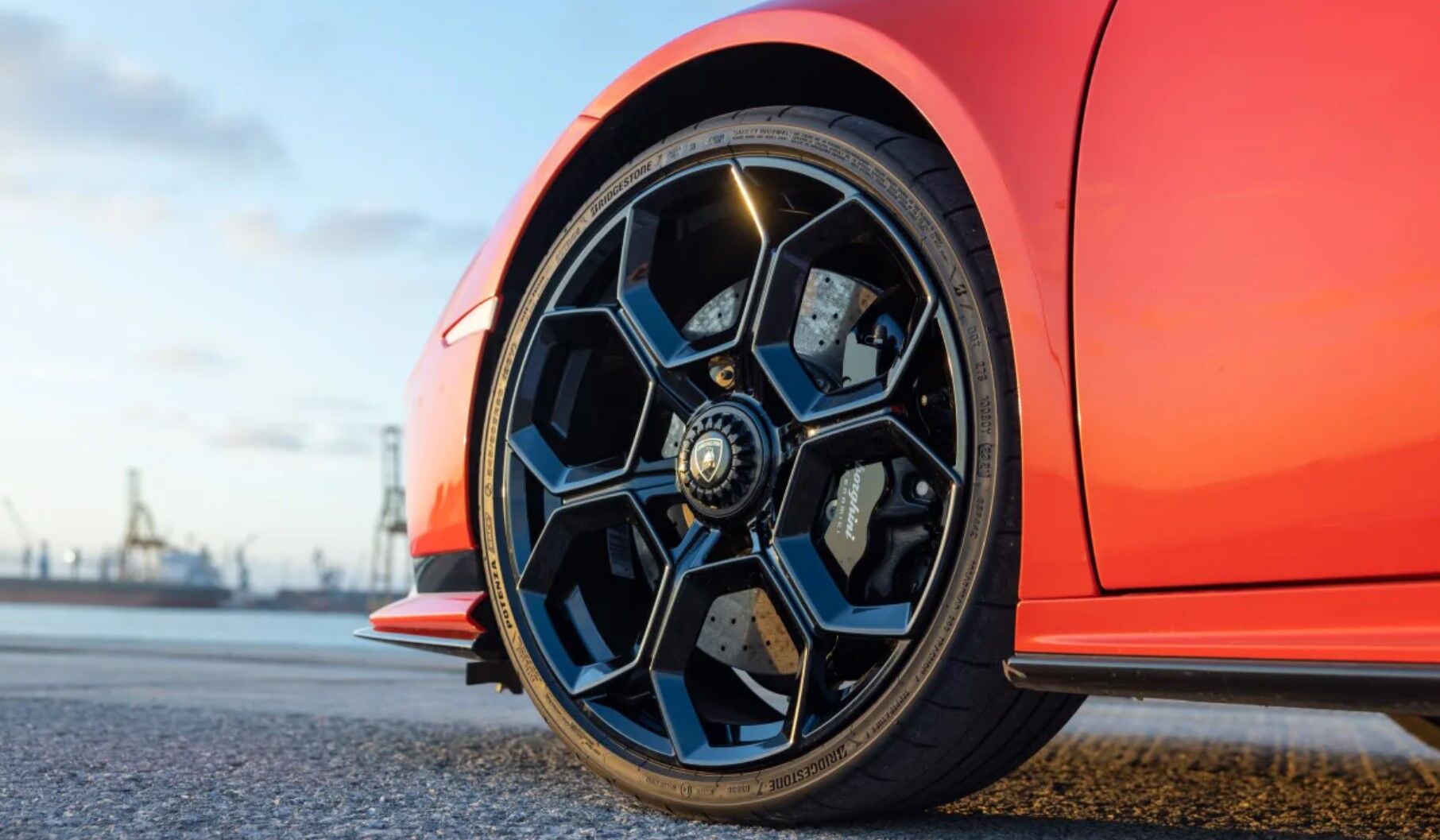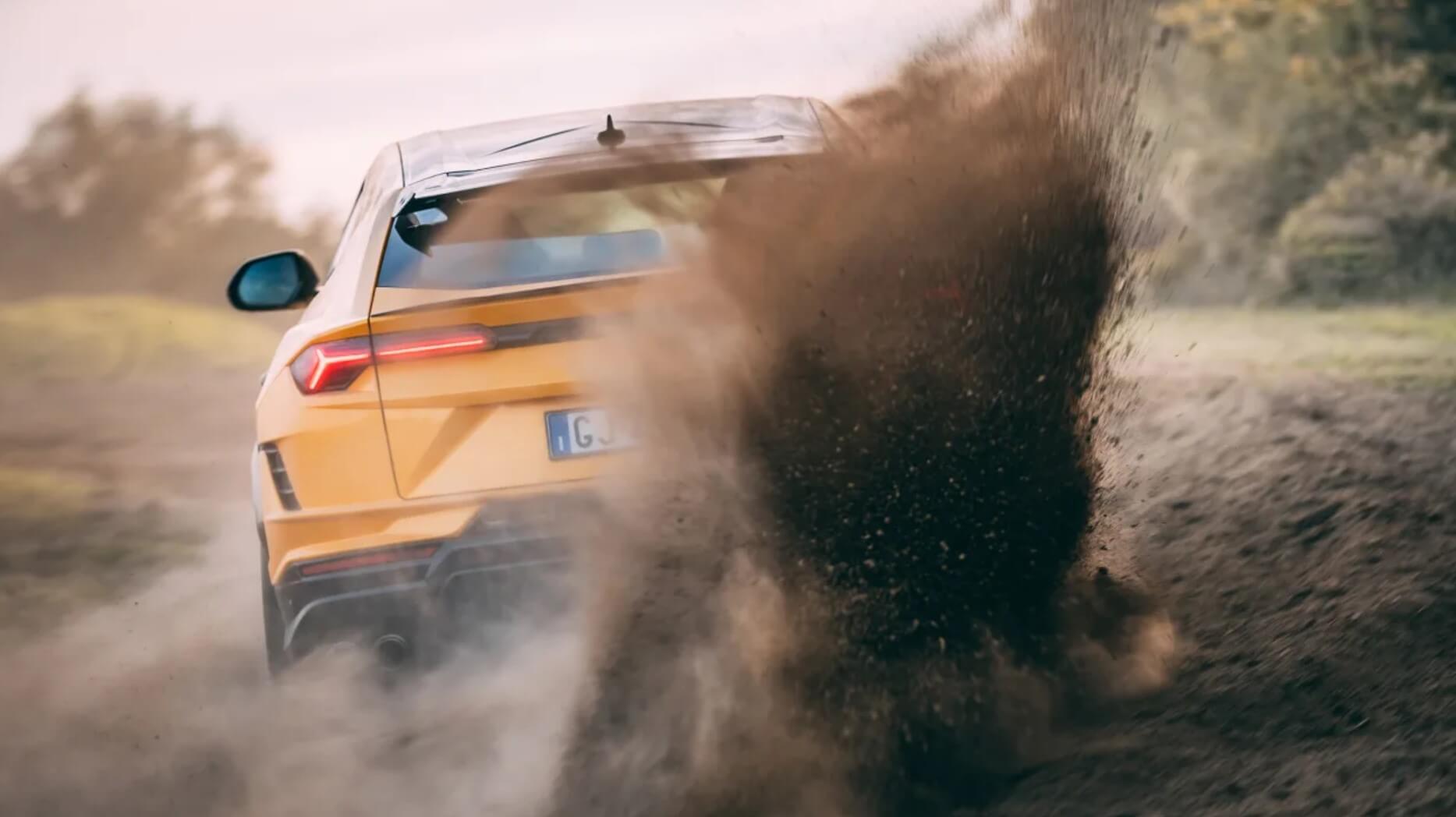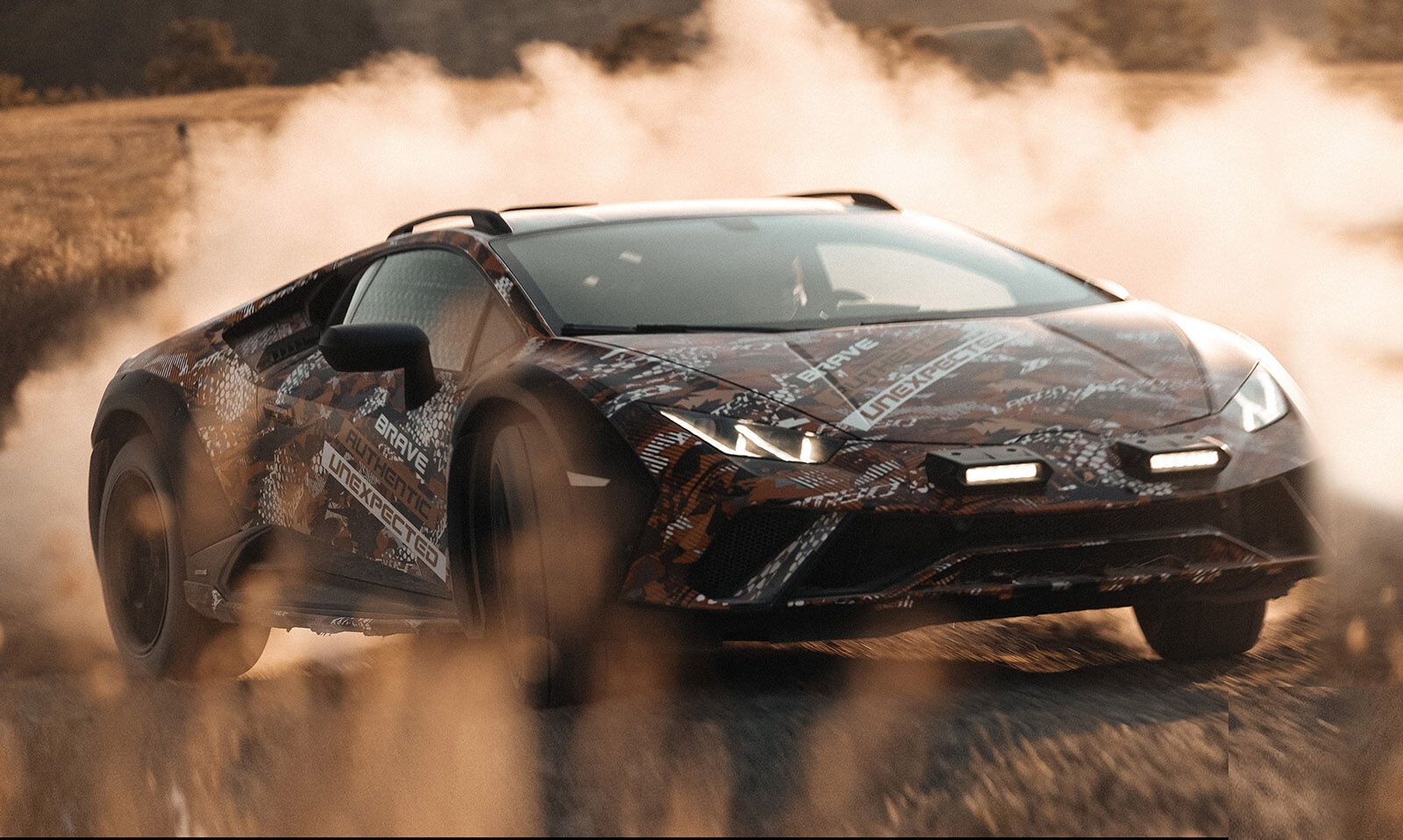Lamborghini CEO Stephan Winkleman and CTO Rouven Mohr have given some insight into the company’s first EV, which won’t necessarily spell the end for its combustion models.
Lamborghini’s first production electric car is to arrive in 2028, and its launch is set to be made possible with technology from the wider Volkswagen Group. And as far as company bosses are concerned, it needn’t spell the end for the use of engines within the brand.
Speaking to Automotive Daily ahead of the company’s Q3 financial announcement, CEO Stephan Winkleman reiterated that it will not replace any current model lines, something Lamborghini confirmed previously. He described it as a “fourth model which will be more daily useable. This means a 2+2, two-door car with more ground clearance.”
Winkleman also spoke of building the car with help of “synergies of the Volkswagen Group like we already had with the Urus,” which could mean the car will use the Group’s SSP (Scalable Systems Platform), which is currently in development.
Meanwhile, when we spoke to chief technical officer Rouven Mohr at the recent Urus Performante launch, he explained some of the benefits the first Lamborghini EV will bring. “Some of our core pillars from the technology point of view are fitting perfectly with the electric world,” he said, adding, “If we speak about carbon-fibre function integration, battery integration as a structural part – this is something that allows you much more degrees of freedom from the design perspective in the sense of aerodynamics.”
On the subject of the typically bulky weights of such vehicles, Mohr said: “We have some cool ideas to compensate this… for instance regarding the driving dynamics, the control, the driftability, the driving behaviour in general”. He talked of “a 360-degree approach combining all the active systems to enable for wheel speed control, [which is] not possible with a standard combustion engine,” concluding that the Lamborghini faithful will be more than satisfied. “I’m not worried that someone will complain!” he said.
Lamborghini will be spending $1.8 billion Euros (AUD$2.78 billion) on a four-year electrification strategy, which long before the EV will yield a hybrid replacement for the Aventador arriving early in 2023, a plug-in hybrid Huracan successor in late 2024 and a plug-in hybrid Urus SUV the same year, completing the full electrification of the line-up.
If the company gets its way, however, the hybrids won’t just be brief stepping stones to a fully-electric line-up. Winkleman wants other models to remain hybrid “for as long as possible,” and notes that synthetic fuels may play a part in “keeping [them] alive,” but it’s early days on exactly how the propulsion plans of the company will play out. “We don’t need to decide now – we still have some time,” he said, adding, “After 2025 [once the entire range is electrified] we need to take a decision then.”
Mohr meanwhile regards the prospect of synthetic fuels to be “very interesting,” and that, “We are in contact with our colleagues at Porsche because in the [Volkswagen] Group they are the leaders for this”. He added that it “will remain a kind of niche” since the fuel will most likely be expensive, barring it from being a solution for the majority of vehicular transport. “But for a sports car, race applications, also for partially the car fleet that is already on the market – why not?”
Matt Robinson






